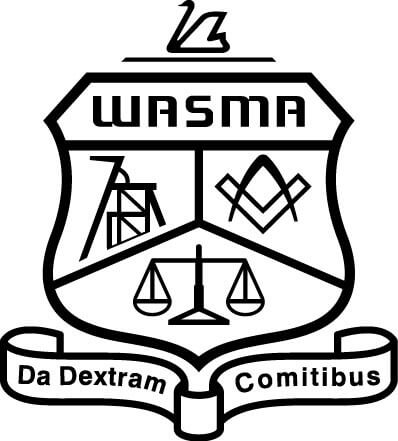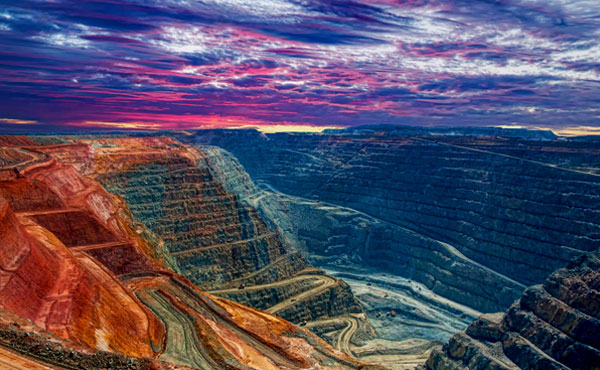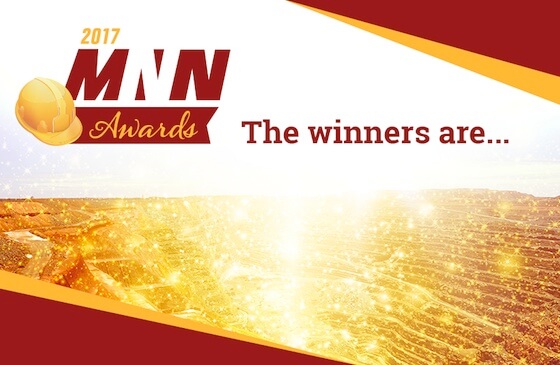WASM eNewsletter
Welcome from the Director
2017 is shaping up to be an exciting year for the Western Australian School of Mines.
We received fantastic news when Curtin University was ranked second in the world for mineral and mining engineering in the QS World University Rankings by Subject 2017. The ranking acknowledges the school’s high-quality teaching and research in helping to place Curtin on the world stage.
We are continuing to strengthen our connection to Curtin, with the Kalgoorlie Campus joining Curtin’s 50 Years of Innovation celebrations – 50 years since the first students were welcomed into Curtin’s predecessor institution, the Western Australian Institute of Technology. The WA School of Mines shares a rich history with Curtin, having been a part of the institution since 1969, and the anniversary provides an opportune time to commemorate our past and look forward to the future.
The Kalgoorlie Campus is looking a healthy 114-years-old, with new technology-rich facilities in place to immerse students in courses like never before. The Agricola residential college has also undergone a $32 million redevelopment to ensure high-calibre students continue to study mining in the Goldfields area. The redevelopment, which came about due to a partnership with the State Government, is just one example of the projects that the school has been able to undertake thanks to the support of our sponsors and industry partners.
I would also like to take this opportunity to welcome the new Head of Department for Mining Engineering and Metallurgical Engineering Professor Chris Aldrich to the WA School of Mines. Professor Aldrich is actively involved in the mineral processing industries as a consultant and has received numerous academic awards and honours. I look forward to seeing his influence at the school.
And finally, I would like to congratulate our staff, students, alumni and community members for all their great work on- and off-campus, and for contributing to the enrichment of our world-class teaching, research and overall student experience.
I hope you enjoy this edition of WA School of Mines, Curtin University news.
Regards,
Professor Sam Spearing
Director Western Australian School of Mines
Latest News
Strength in mining puts Curtin on world stage
Curtin has been ranked second in the world and first in Australia for mineral and mining engineering, up 17 places from 2016.
Remembering Captain James Peat
This year marks 100 years since the death of Captain James Peat – the first surveying graduate from the WA School of Mines.
Gindalbie reaches agreement to use game-changing leaching process
Australian resources company Gindalbie Metals Ltd has reached an agreement with Mining and Process Solutions to use Curtin-developed mineral processing technology on new projects.
Distal footprints project to uncover hidden resources
Curtin has collaborated with key research centres and government bodies aligned with the UNCOVER Initiative to develop a distal footprint ‘toolkit’ that hopes to improve the success rate of mineral exploration in Australia.
Wheels turning on gender equality in resources
Over thirty gifted year 10 female students are set to journey to Kalgoorlie-Boulder in September to learn more about the mining industry and what it has to offer.
Make tomorrow better.






